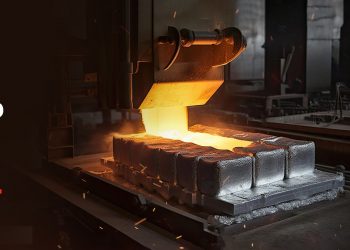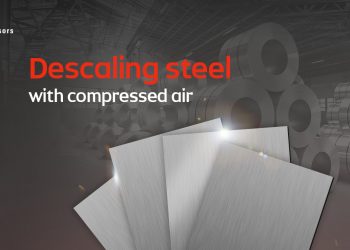In Deep Water
Extracting water from India’s depleting aquifers: a compressor manufacturer’s perspective
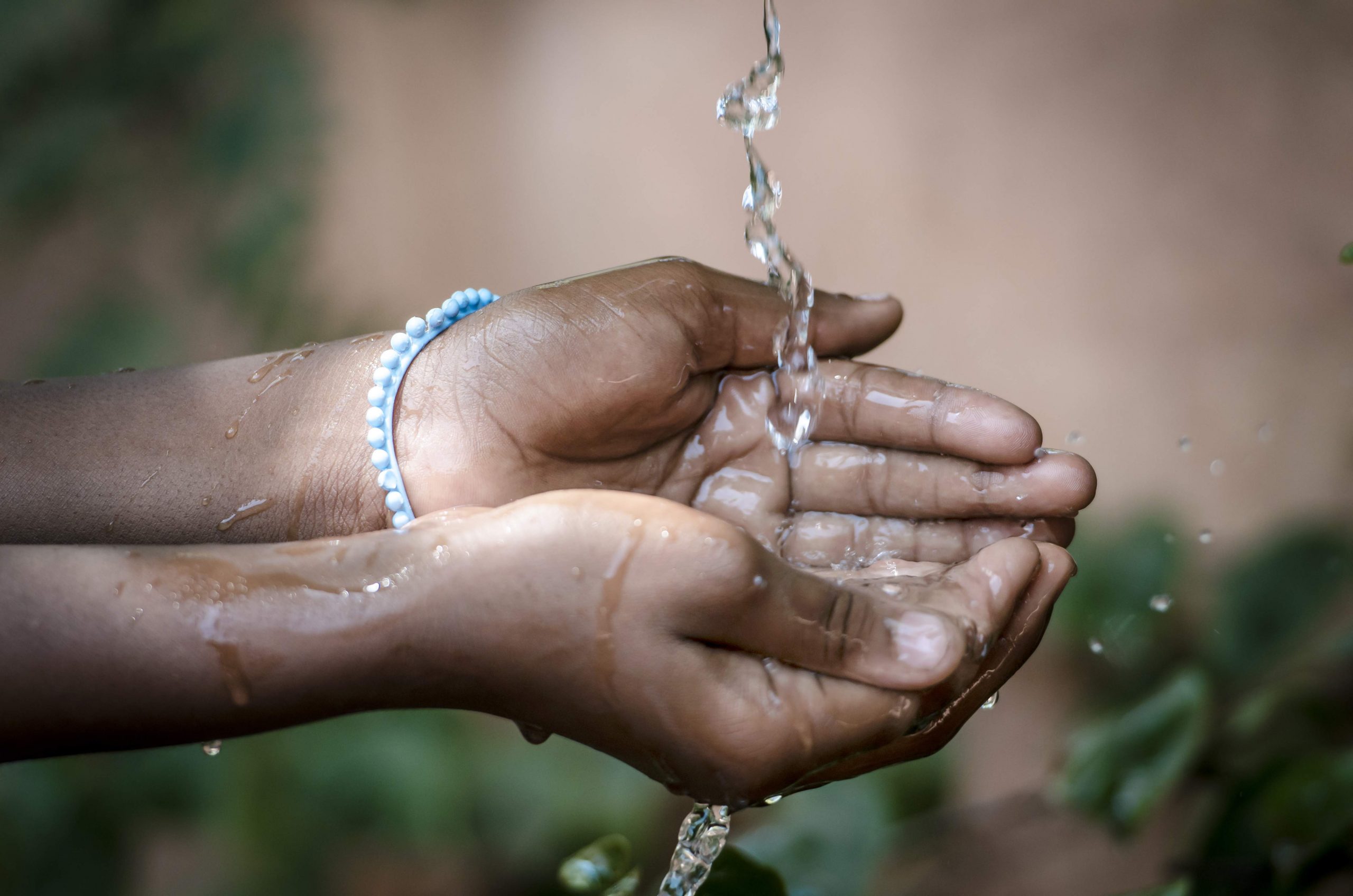
While the 20th century witnessed wars over oil, humanity faces conflict over the most overlooked yet progressively scarce commodity of the 21st century: water. Estimates suggest that by 2025, half the world’s population will live in a water-stressed area – an impending crisis that could challenge the very existence of the human race.
Home to the second largest population in the world, India finds itself thirsty for a solution. The advent of monsoons brings gallons of relief to the parched cities, towns and villages in the country. The issue of water shortage across homes and farmlands takes a brief respite from front-page news and primetime TV – only to be resurrected in a few months. With no long-term solution in sight, the water crisis is leaving a deep impact on the ecosystem and India’s economy, health, and sanitation.
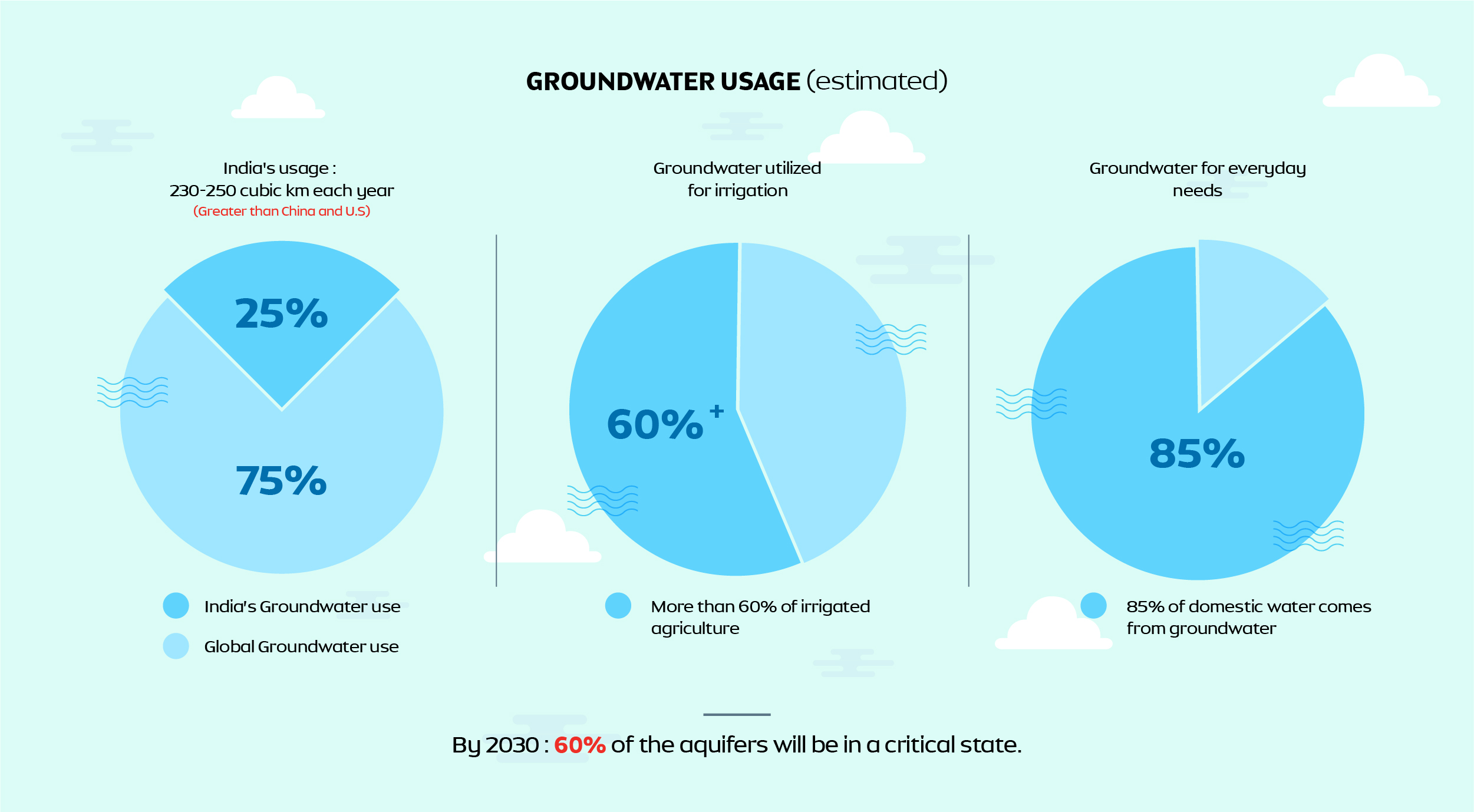
Consecutive years of weak monsoons, massive deforestation, poor rainwater harvesting and pollution of rivers and lakes have led the country to depend on groundwater. Today, more than 60% of irrigated agriculture and 85% of domestic water in India comes from groundwater. Unchecked harvesting has resulted in an alarming drop of the water table in most states.
Estimates state India’s annual usage as 230-250 cubic km each year, which accounts for a quarter of the global groundwater use and more than the combined use in China and the United States. At this rate, by 2030 nearly 60% of the aquifers will be in a critical state.
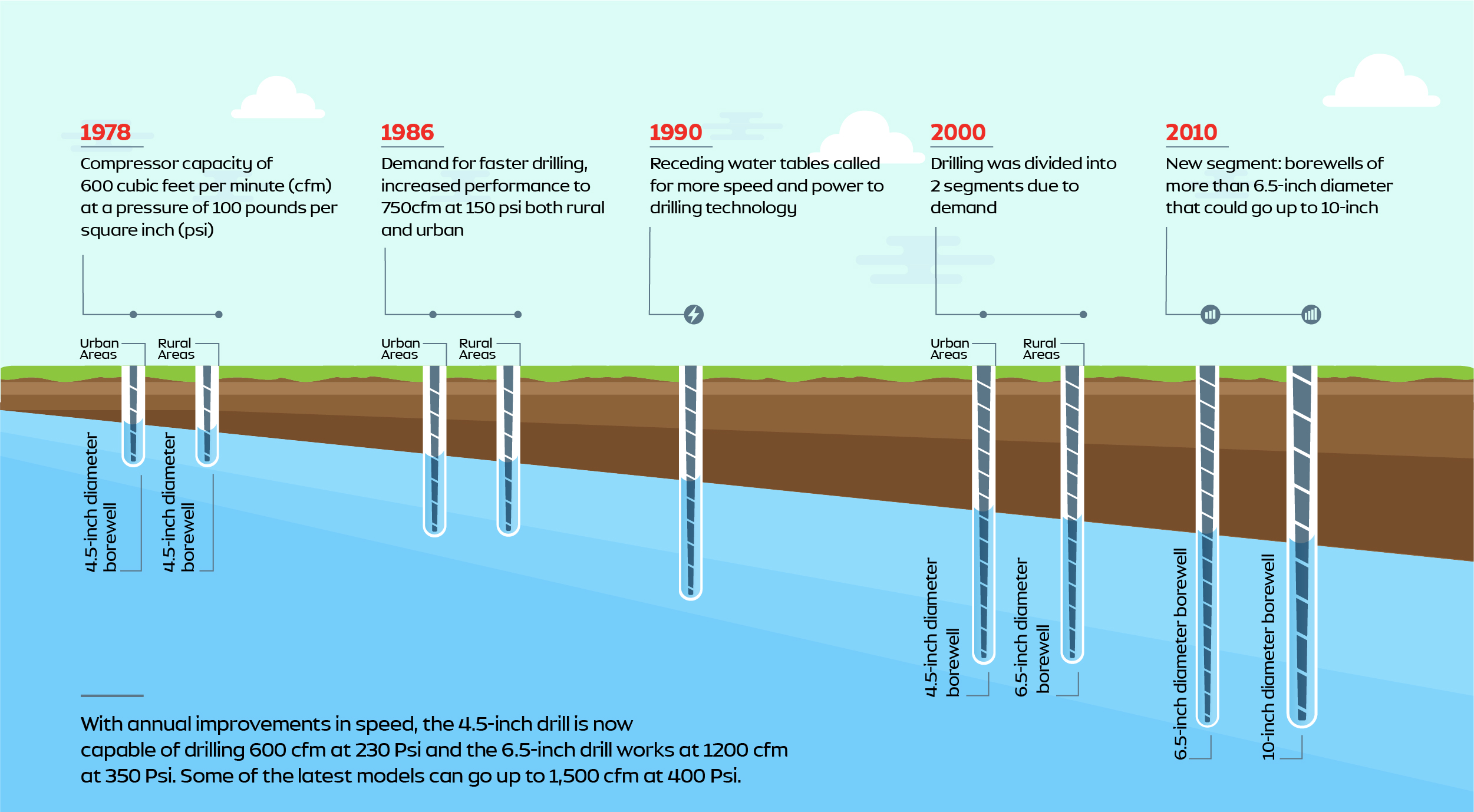
As a manufacturer of air compressors for drilling, ELGi has closely followed the growth of this sector. The persistent demand over the years to upsize the capacity of compressors has elicited new product development. When ELGi began air compressor manufacturing in 1978, the demand was for drilling 4.5-inch diameter borewells in both urban and rural areas, with a compressor capacity of 600 cubic feet per minute (cfm) at a pressure of 100 pounds per square inch (psi). The receding water tables over the next few decades continued to put demands on air compressor manufacturers to provide more speed and power to drilling technology. With nearly annual improvements in speed, the latest models are able to drill faster and deeper with more efficiency.
However, is innovation in drilling technology a solution to a largely invisible groundwater crisis in India? NASA satellite images reveal that the groundwater in parts of North India has dropped about 1 meter every three years. The stories we hear from our interaction with customers in the industry are a testament to this worrying trend.
Mr. Mani Kunnathur, founder of Sri Sakthi Borewells, has seen the dramatic dwindling of water levels over the past 28 years. “During the 1980s, we would reach the water table at 100-300 feet anywhere in Tamil Nadu. We’d drill 2-3 bores a day with a 80-90% success rate. Now in the same areas we need to go as deep as 1,000-1,200 feet, even then the success rate is 10-20% and the yield insufficient,” says Mr. Mani. Over the last three decades, an alarming number of privately owned tube-wells have mushroomed in farms across the country, owing to lack of reliable surface irrigation. Groundwater allows the farmer to obtain twice the yield when compared to surface water with more control over the amount of water used and the time of irrigation of crops. Indian law confers exclusive rights to landowners for groundwater extraction, leading to indiscriminate use and inadvertent depletion of the water level.
Mr. Thangaraj of Madurai Borewells, who has been in the business for almost three decades, has witnessed the pain farmers go through without water. “For a farmer, water is a critical resource for survival. If we don’t find water, they are forced to sell their land. So you can feel their relief when we strike water; they treat us like god sometimes,” he says. With better compressor capacity, borewell companies can offset costs and improve productivity to an extent. Mr. Mani explains, “Digging capacity in the ‘80s was up to 30 feet an hour. But now with the introduction of new technology, we can dig 100 feet an hour. At the time of increasing cost of diesel and poor success rate, technology has been a big saviour for our sector.”
Mr. Thangaraj says they’ve gone up to 2,000 feet to reach the water table, which was just around 100 feet deep in the ‘80s. The hit rate has dropped from 90% then to 30-40% now. “The returns in this business are dropping and costs are going up. We rely heavily on technology advancement to keep our business going,” he adds.
Water-well compressor technology has indeed helped provide a vital life resource but it is at best a temporary reprieve. It cannot overcome the urgent need of finding long-term solutions to meet the country’s requirements. Water management must be adopted as a national priority, with a multi-tier strategy that addresses the issue at all levels. The mapping of aquifers across the country and publishing their data regularly will not only help guide drilling operators but also create awareness about the criticality of the country’s groundwater supply.
Change can be brought about at the grassroots, starting with the people. Education of communities about rainwater harvesting, reforestation and water recycling could be instrumental in getting us there. It is up to each one of us to make a choice wherever possible between a sustainable solution with long-term benefits and a quick-fix that will bring more harm than good. Small steps can make a big difference.
Source:
https://qz.com/931878/india-is-facing-its-worst-water-crisis-in-generations/


